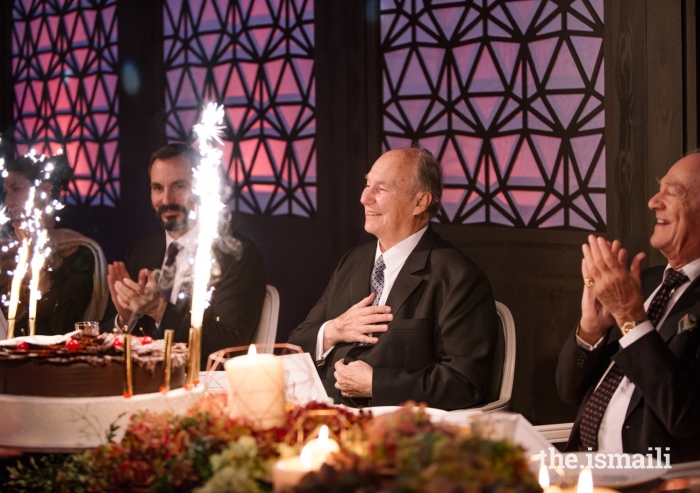We are joined by Richard McGregor, Professor of Religious Studies at Vanderbilt University, and discuss his work around material objects in islam. We explore the significance of objects in Islamic religious practices, including a study of the Mahmal and the role it played for 700 years in the Hajj ritual.
The conversation also addresses the role the Fatimids played in relic culture, opposition to devotional objects in modern times, and the power of museums in shaping how religious material culture is preserved and experienced.
In remarks during the opening of the Aga Khan Museum in Toronto, in September 2014, Prince Amyn articulated the importance of placing objects in their context to successfully convey their meaning:
“… the Museum will focus its attention not only on the acquisition, preservation and display of visual artistic creations, but also on a wide range of other cultural expressions, including poetry, philosophy and literature, music, architecture, science and social organisation. This is a Museum of Islamic Arts with a broad definition of all that the arts include, and presenting these arts as best we can within their full cultural context. Miniatures were not painted to be hung on white walls in rooms devoid of furniture or furnishings. Metal-ware was, for the most part, designed to be picked up and used or laid on furniture. In the sense that the arts reflect the senses, all of them, that usually one hears as one sees, just as instinct leads us to want to touch what we want to see most clearly, the interplay between the arts is as essential as the inter-relationship of the senses. The challenge will be how best to reveal the dialogue between the different arts themselves.”
The episode concludes with a discussion on broadening our understanding of religion to encompass its material and spiritual dimensions.
Listen to and watch episode 2 today on your favourite podcast platform.








